Walking into any dog park, you’ll hear the same tired advice being passed between owners like gospel truth. “Don’t use treats, it’s bribery.” “My dog is just trying to be the alpha.” “Old Rex here is too set in his ways to learn anything new.”
These myths have been around for decades, spread through well-meaning advice from friends, outdated training books, and unfortunately, some professionals who haven’t kept up with modern behavioral science. The truth is, dog training has evolved dramatically over the past few decades, yet many owners still cling to methods that can actually harm their relationship with their furry companions. Let’s dive into the most persistent myths that continue to mislead dog owners and discover what science actually tells us about effective, humane training.
You Can’t Teach an Old Dog New Tricks
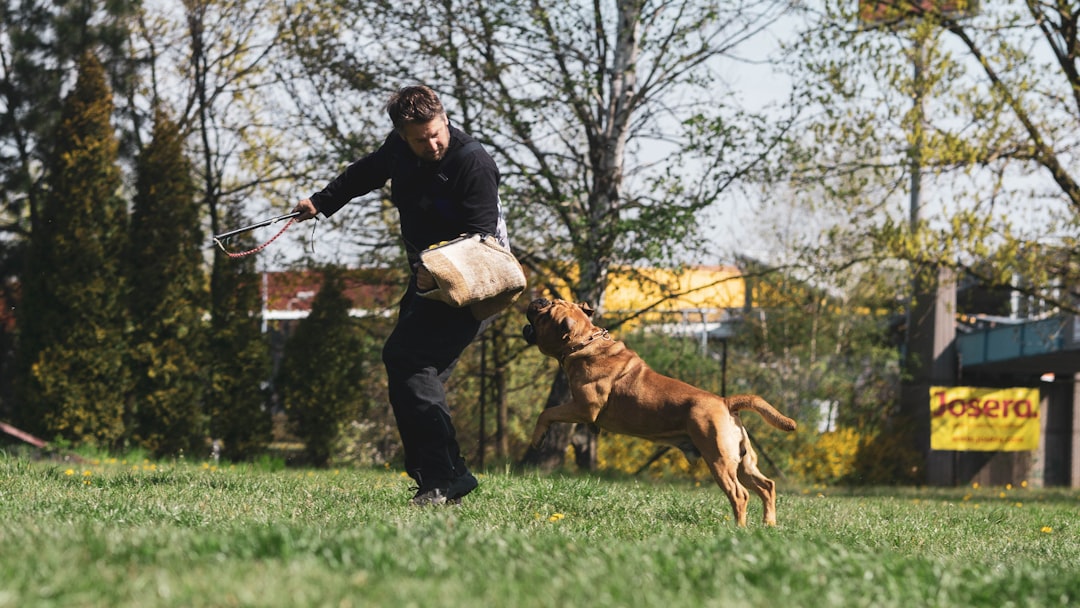
Perhaps no myth is more pervasive than this ancient saying, but old dogs can indeed learn new tricks! Dogs are innately good learners. The reality is that if a dog is awake, he is learning. They constantly observe their environment and respond to what they hear, see, and smell. Even though young pups may be more actively curious, dogs never stop learning.
In fact, adult dogs are often easier to train than their younger canine friends, specifically because they are not as active. Older dogs are not as easily distracted as pups and can focus for longer periods of time. This ability to concentrate helps them learn new routines more easily. Research from the University of Vienna shows that while older dogs need more repetitions, they can absolutely master new skills.
Dogs Need an “Alpha” Pack Leader

This myth refuses to die, despite being thoroughly debunked by the very scientist who originally proposed it. The myth of being the alpha is one of the most popular and arguably the most damaging myth to dog welfare. This myth originated from an old theory devised from studying captive wolves in the 1930-1940s, which was conducted by animal behaviourist Rudolph Schenkel in 1947. He hypothesized that these wolves were in continual competition with one another, as a means to seek a higher rank in the pack. He also claimed that only the aggressive behaviour of the Alpha male, maintained order and kept the pack in check.
Since then, accurate studies of wild wolf packs have been conducted and have yielded completely different results to those conducted on unrelated captive wolves. David Mech, and many after him, have established that wild wolves in a pack are a family that consists of one mating pair and their offspring. So this myth has been long debunked by the very scientists that originally introduced it. Modern dogs simply want safety, security, and consistent guidance from their humans.
Using Food Rewards is Bribery
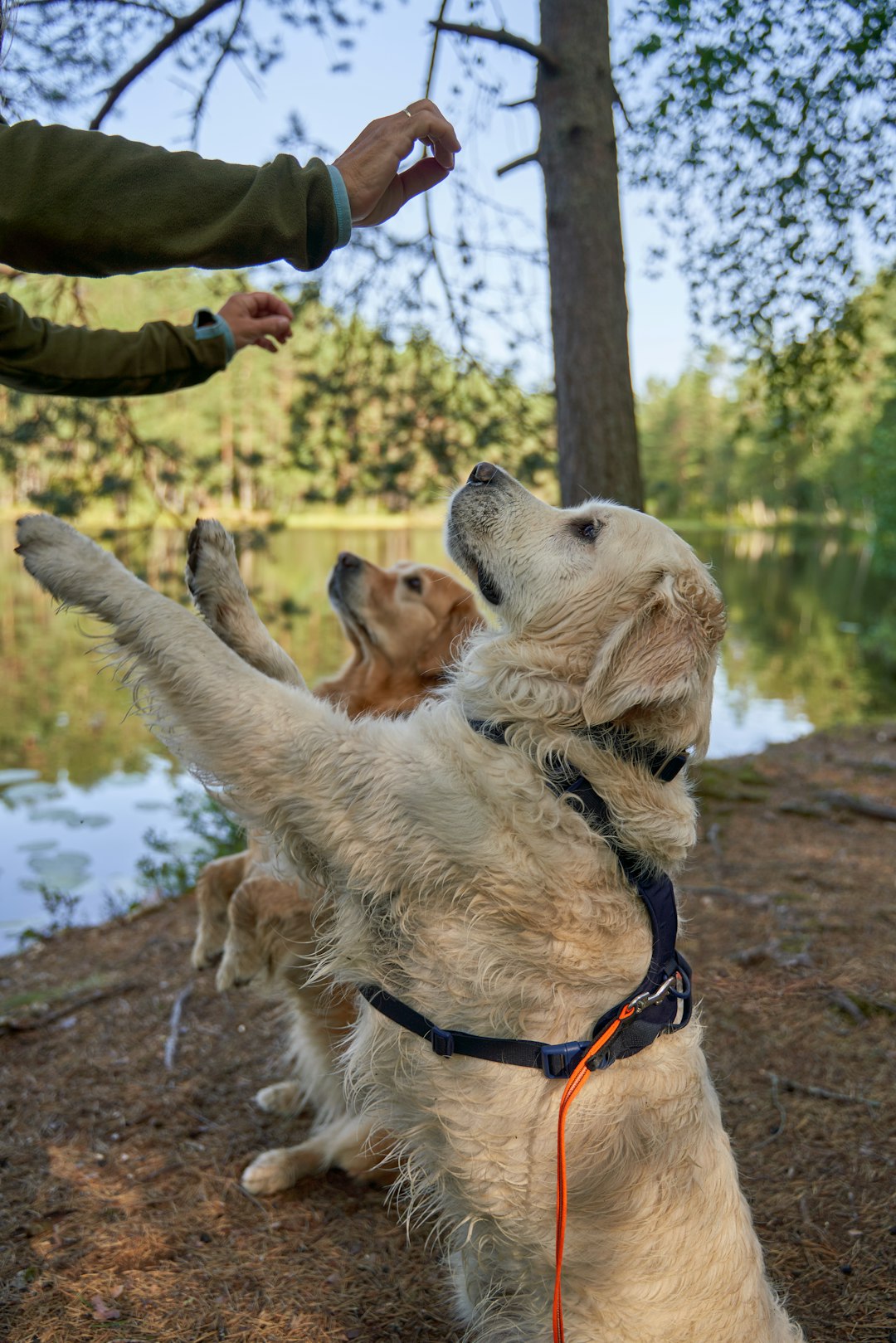
This misconception drives me absolutely crazy because it completely misunderstands how learning works. The myth of using food being equal to bribery, is a very common one and its often promoted by balanced trainers that rely on force and intimidation, rather than behavioural science. Think about it this way: would you work at your job if you knew you’d never receive a paycheck?
Dogs learn through association, so if they learn a certain behaviour results in something pleasant, they will want to repeat it. Qualified dog trainers utilise food, toys, praise and play to reward specific behaviours to increase the likelihood of a behaviour being repeated. Desirable treats increases the level of dopamine in your dog’s brain, thereby changing their emotional state. This creates a positive association and motivates them to stay engaged. Dopamine also helps to regulate memory, cognition, attention and behaviour, therefore, training with food is the most effective, kind and fun way to train your dog.
Positive Training Means No Boundaries or Discipline
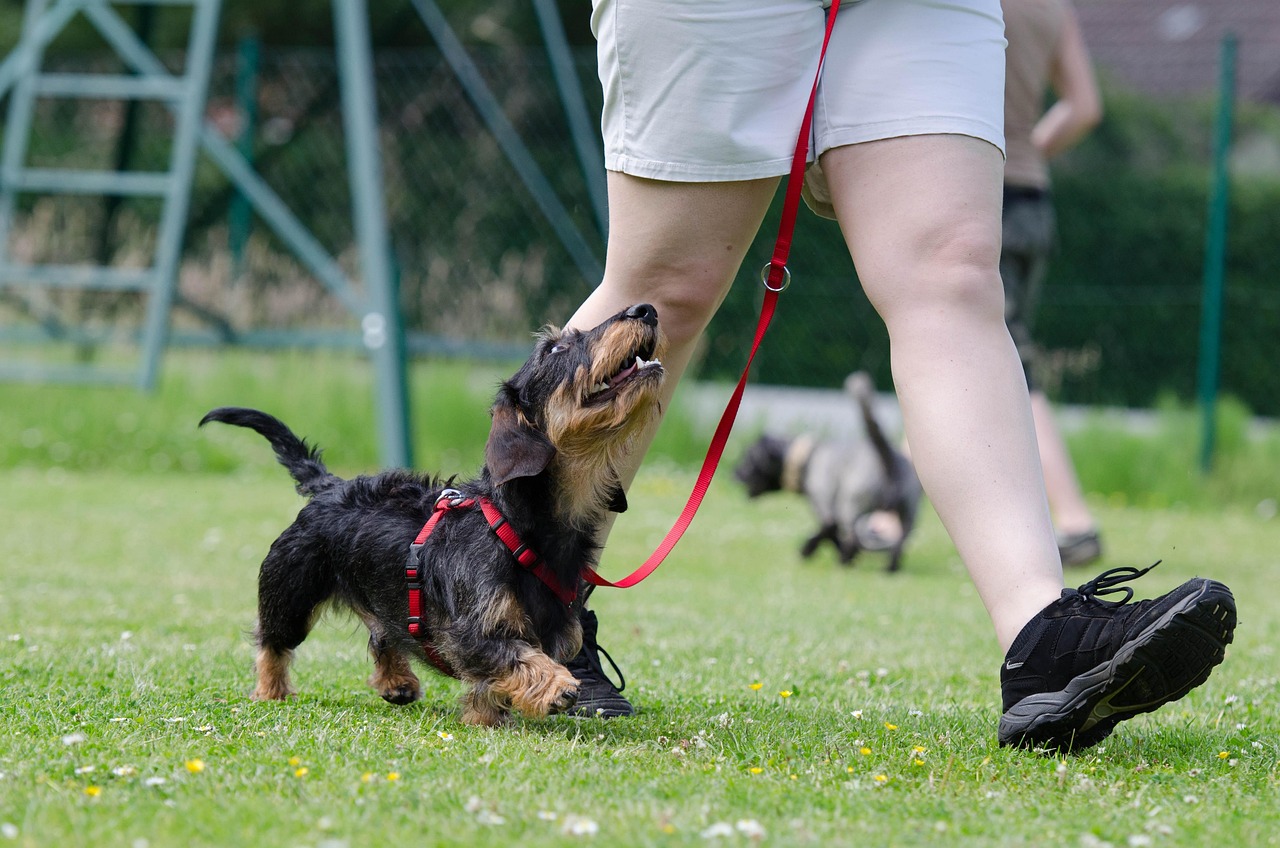
This myth suggests that positive training creates spoiled, unruly dogs, but nothing could be further from the truth. Positive does not mean permissive. Positive trainers set boundaries and teach limits so your dog can’t practice unwanted behaviors, but choose appropriate behaviors. Most positive trainers incorporate boundaries and limits as part of training. In fact, by setting up the appropriate boundaries and limits to prevent unwanted behavior, a dog can learn the appropriate behavior more quickly.
The key difference is how these boundaries are communicated. Instead of using intimidation or punishment, positive trainers use methods like environmental management, redirection, and teaching alternative behaviors. This approach is not only more humane but actually more effective at creating lasting behavioral changes.
Puppies Must Wait Until Six Months to Start Training
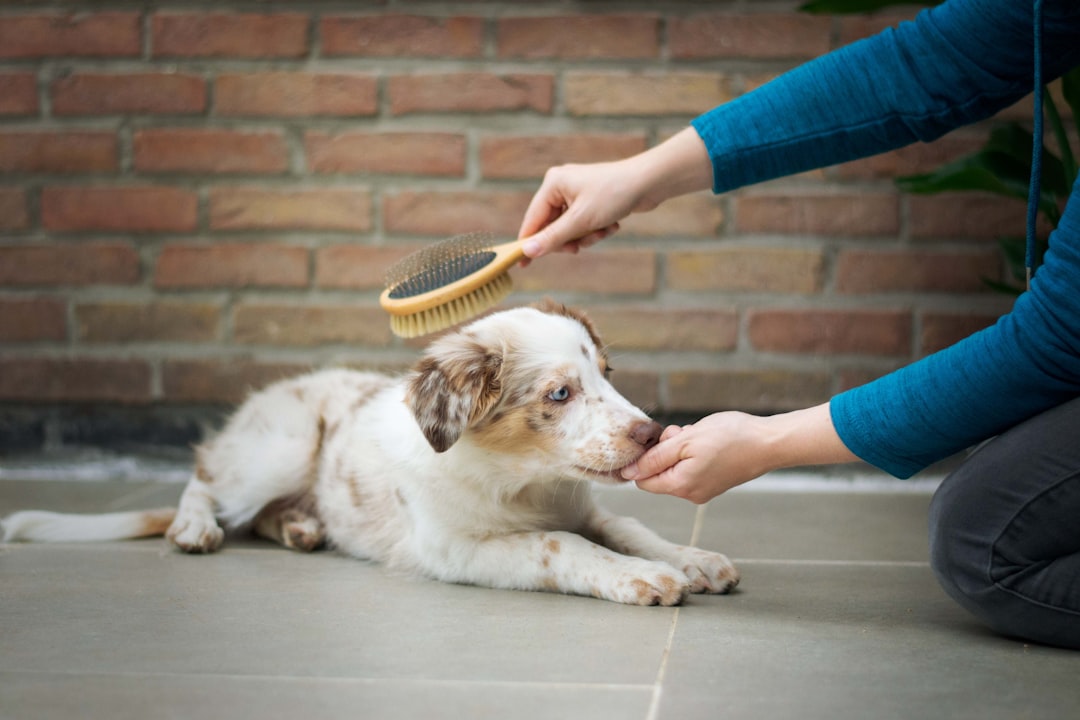
This dangerous myth has cost countless families their relationships with their dogs. A dog walker recently told one of my clients, that any training during the 8–16-week period was a waste of time and that they should wait till their dog reaches adolescence. Such advice could be incredibly damaging for many reasons.
The truth is exactly the opposite: the earlier you start training your puppy, the better. In fact, it’s been proven that puppies can begin their training at as early as eight weeks old! The key is to start small and make the training sessions short. Puppies that are properly trained are less likely to develop bad habits or behavioral problems later on in life. The critical socialization window closes around 12-14 weeks, making early training absolutely essential.
Punishment-Based Training Works Faster
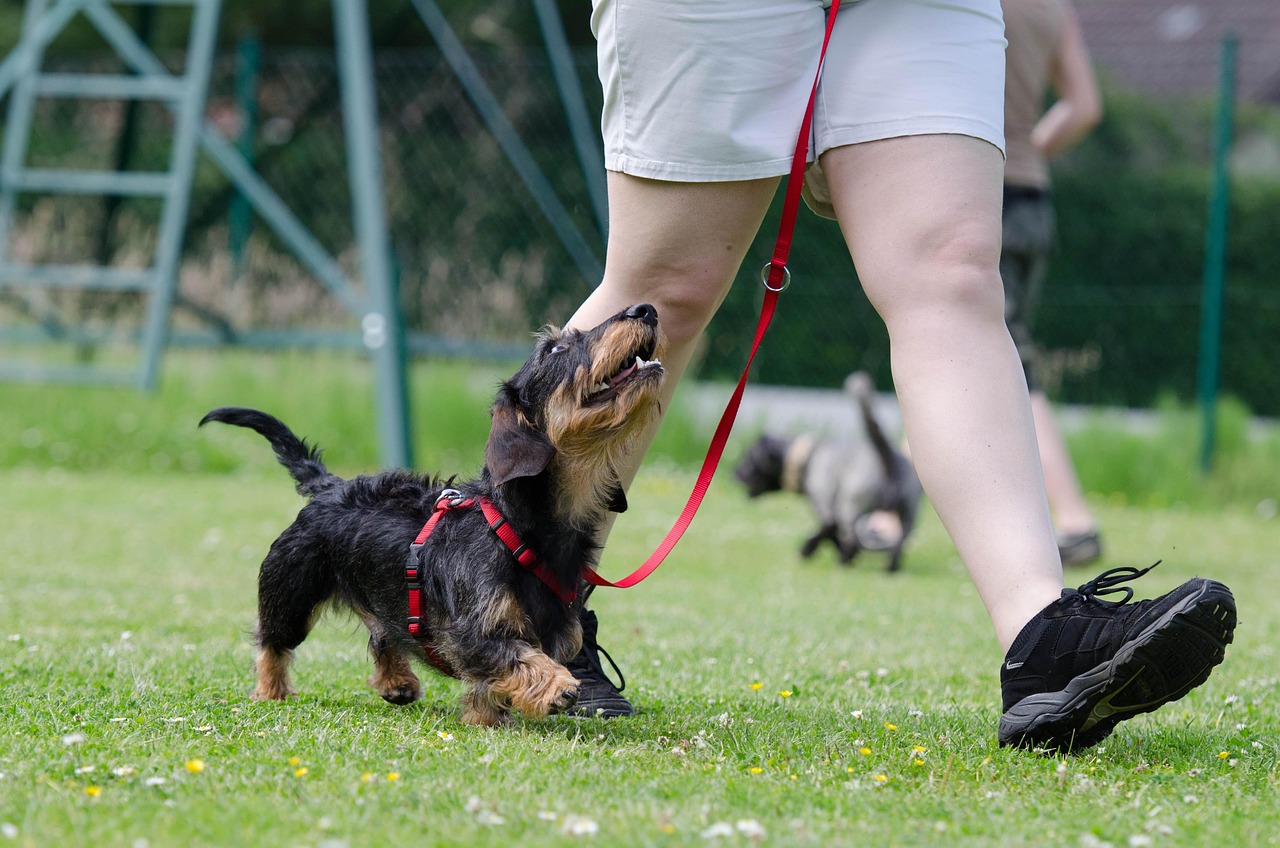
Many dog owners believe that harsh corrections and intimidation produce quicker results than positive methods. This myth persists because punishment can sometimes stop unwanted behavior immediately, creating the illusion of effectiveness. However, Positive training methods are more effective than methods that rely on pain, fear, and intimidation to get results. Punishment-based dog training methods, especially those involving aversive physical “corrections” such as shocking dogs with ‘e’ or shock collars, create significantly more negative long term outcomes. Punitive training is more like putting a band-aid on a problem, because the dog still feels the same inside and even more insecure for the punishment he has received for “behaving badly.” This can lead to more unwanted behaviors in the long run, including potentially dangerous and aggressive behavior.
Positive reinforcement has the power to quickly transform a dog’s behavior. People who are unfamiliar with positive reinforcement are often surprised at how quickly it works. The difference is that positive training creates genuine understanding and willing cooperation, while punishment merely suppresses behavior through fear.
Crate Training is Cruel and Should Never Involve Consequences

This myth comes in two contradictory forms, both equally problematic. Some people believe crates are inherently cruel, while others think they should never be used for any form of timeout or management. When you hear someone or a trainer tell you that you can never use the crate as punishment, what they’re trying to tell you is that you cannot use the crate via a positive punishment modality. People get so hung up on “never use the crate for punishment” that they fail to ever, ever utilize the crate for simple time-outs. I mean, if I can’t use a safe place to confine my dog when I’m at my wits end with them being annoying or too rough with me (because it’s bound to happen), then what good is this crate anyway!
There are many ways to make the crate a negative, punishing experience for the dog, but there are just as many ways to make it a positive, rewarding time. As a dog trainer in Atlanta, I always stress to clients that when we use crate training – whether it be for house training, potty training, better manners, eliminating destructive behavior, etc. – that we build a positive association of the crate for the dog. The dog should not fear his or her’s crate, but rather find comfort and peace.
Dogs Feel Guilt When They’ve Done Something Wrong
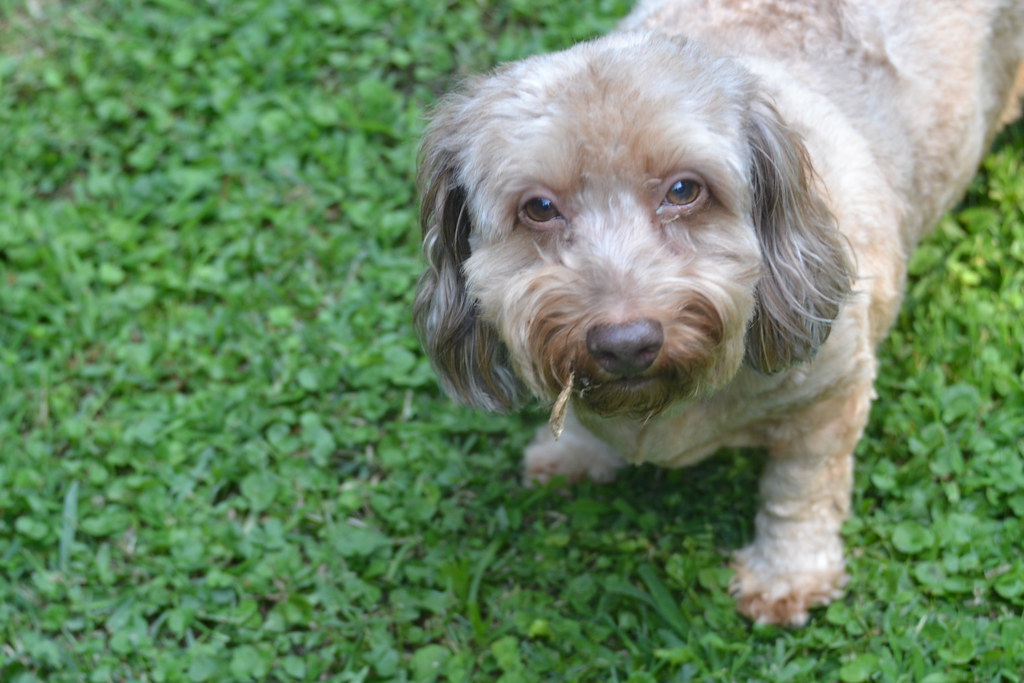
That “guilty” look your dog gives you when you discover the chewed shoe? It’s not guilt at all. That guilty look has nothing to do with guilt. Dogs do not have the ability to feel guilt like we do. So, when they give you that look, it’s not because they’re actually feeling guilty. What you’re seeing is actually your dog’s response to your body language and tone of voice.
Firstly, he has no concept of cause and effect; “I did a poo, on the carpet, therefore that poo on the carpet is my fault.” That train of thought has never, and will never, pass through a doggy brain. Dogs live in the moment and don’t connect past actions with present consequences the way humans do. Understanding this prevents owners from wasting time on ineffective scolding and helps them focus on proper training techniques.
Aggressive Dogs Can Only Be Trained with Force
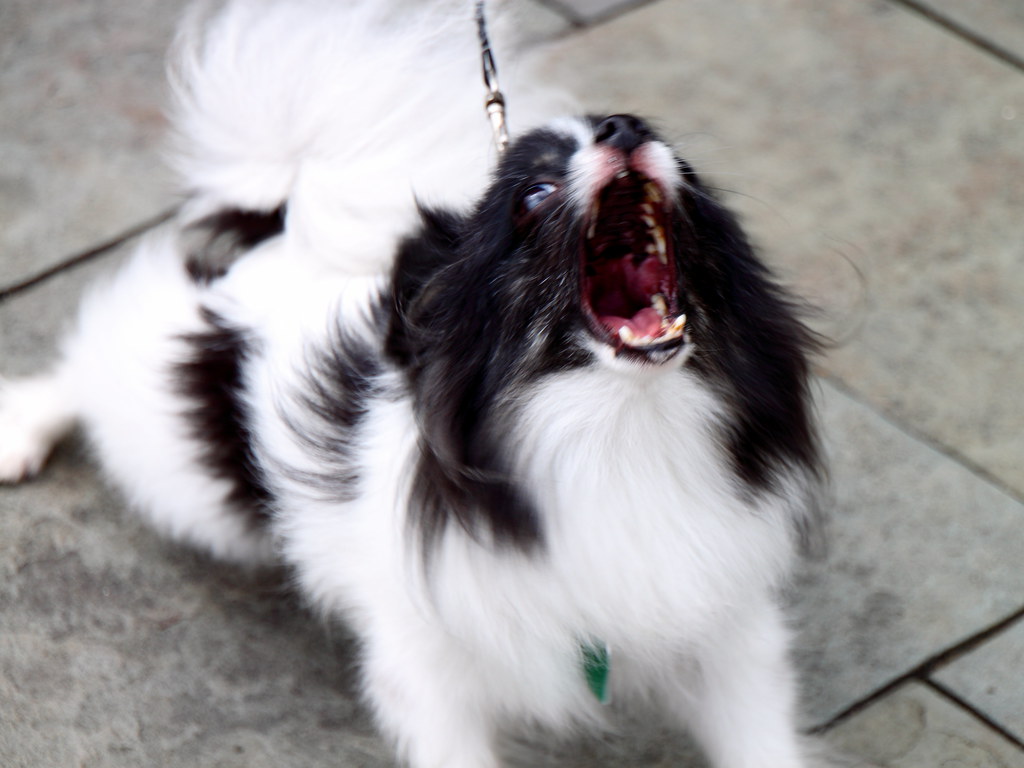
This myth is not only wrong but dangerous. The truth is, positive dog training methods can be effective on even the most aggressive of dogs. But, with patience and consistency, you can definitely train an aggressive dog using positive reinforcement. Furthermore, the reason you should NOT use negative reinforcement training with red zone dogs is because it can make their aggression worse. So, if you’re working with an aggressive dog, be sure to use only positive training methods.
The safest and most effective methods for treating severely aggressive or “red zone” dogs are positive reinforcement-based, reward-based, and force-free methods. Positive training is effective for not only minor issues, but it is by far the most effective way to connect with and teach dogs showing aggressive behaviors, even those serious enough to be labeled “red zone.” Positive reinforcement can increase a dog’s trust and reduce the fear and stress that contribute to aggressive behavior. Aggression often stems from fear, anxiety, or frustration, and adding more intimidation only makes these underlying issues worse.
Once Training is Complete, You Can Stop Practicing
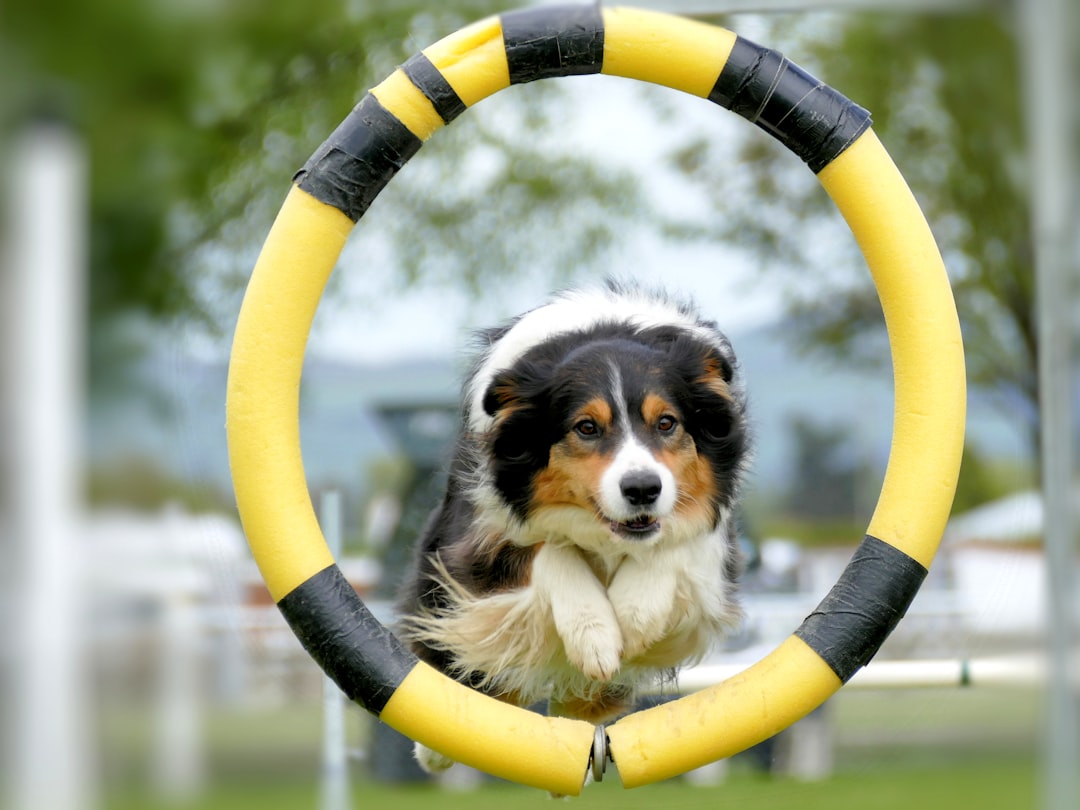
Many owners believe that once their dog masters a behavior, the training is finished forever. This couldn’t be more wrong. The truth is, training is a long-term thing – something that needs reinforcing again and again. Thankfully, through games on walks, we have made training part of our daily routine. Dogs need ongoing practice and reinforcement to maintain their skills, just like humans need to practice music or sports to stay sharp.
One thing to note is that you must continue to reinforce behaviors from time to time, after your dog has learned the behaviors, otherwise they can become extinct and you will have to start training all over again. Think of training as an ongoing conversation with your dog rather than a one-time lesson. This maintenance keeps your dog mentally stimulated and strengthens your bond throughout their lifetime.
Conclusion
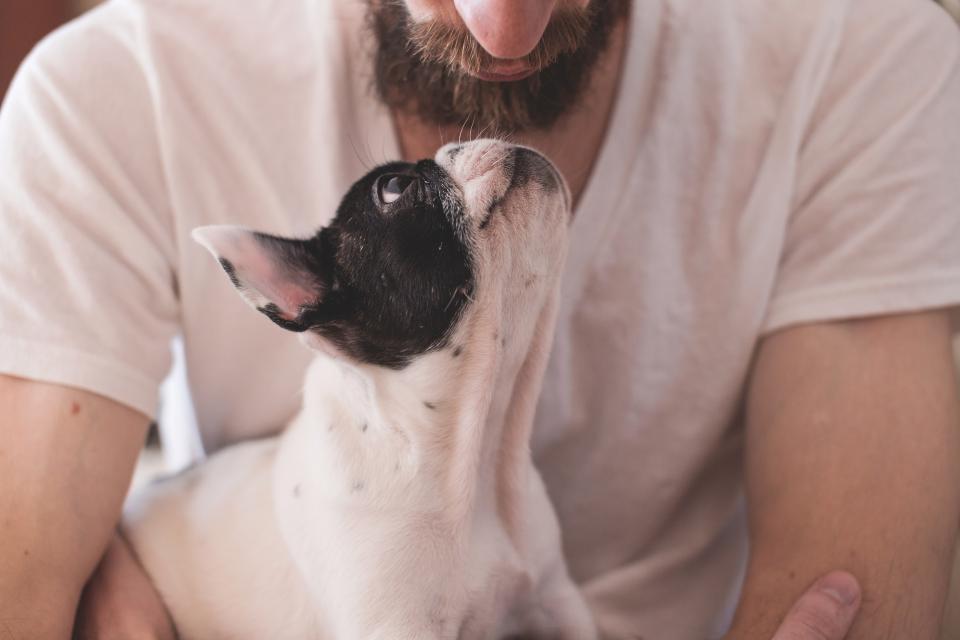
These persistent myths continue to mislead dog owners and damage the human-canine bond, but knowledge is power. Modern dog training science has given us incredibly effective, humane methods that actually work better than the outdated approaches many still cling to. The most successful training approaches are built on understanding, patience, and positive reinforcement rather than dominance, punishment, or intimidation.
Remember that your dog wants to succeed and please you. By abandoning these harmful myths and embracing evidence-based training methods, you’ll not only achieve better results but also develop a deeper, more trusting relationship with your canine companion. What surprised you most about these debunked myths? Share your thoughts in the comments.

Gargi from India has a Masters in History, and a Bachelor of Education. An animal lover, she is keen on crafting stories and creating content while pursuing a career in education.






